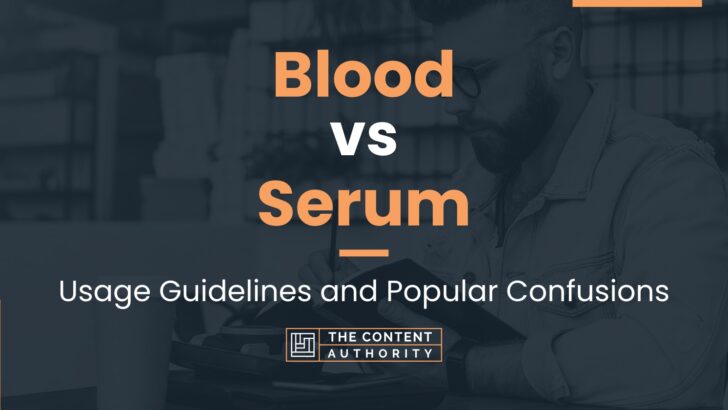

Deoxyhaemoglobin is also a better buffer than oxyhaemoglobin, which increases the capacity of RBCs to carry HCO 3.This increases the CO 2 binding capacity of venous blood.Deoxyhaemoglobin has about 3.5 times the affinity for CO 2 when compared to oxyhaemoglobin.Some of this difference is also due to the Haldane effect:.Much of this difference is due to the increase in bicarbonate concentration (85%).Arterial blood has a total CO 2 content of about 20.5 mmol/L.Mixed venous blood has a total CO 2 content of about 22.5 mmol/L.There is a difference between arterial and venous CO 2 content: it is not a major contributr to CO 2 transport A miniscule proportion of total carbon dioxide exists in this form, i.e.Thus, CO 2 is 10-20 times more soluble than oxygen.Thus, for every 1 mmHg of pCO 2 the blood concentration increases by about 0.03 mmol/L.Henry's law states that the amount of dissolved gas in a liquid is proportional to its partial pressure above the liquid.Intracellular (RBC) carbamino stores are the greatest: haemoglobin, particularly deoxygenated haemoglobin, has a high affinity for CO 2, whereas most other proteins do not.

Dissociated conjugate bases of carbamino acids, which form in the spontaneous reaction of R-NH 2 and CO 2.As carbamates, the conjugate bases of carbamino acid (about 10-20%).Thus chloride concentration is lower in systemic venous blood than in systemic arterial blood.Chloride is taken up by RBCSs, and bicarbonate is liberated. The rise in intracellular HCO 3 - leads to the exchange of bicarbonate and chloride, the chloride shift.Combined with water, CO 2 forms carbonic acid, which in turn forms bicarbonate:.As bicarbonate (HCO 3 - ), 70-90% of total blood CO 2 content.CO 2 is transported by three major mechanisms:


 0 kommentar(er)
0 kommentar(er)
